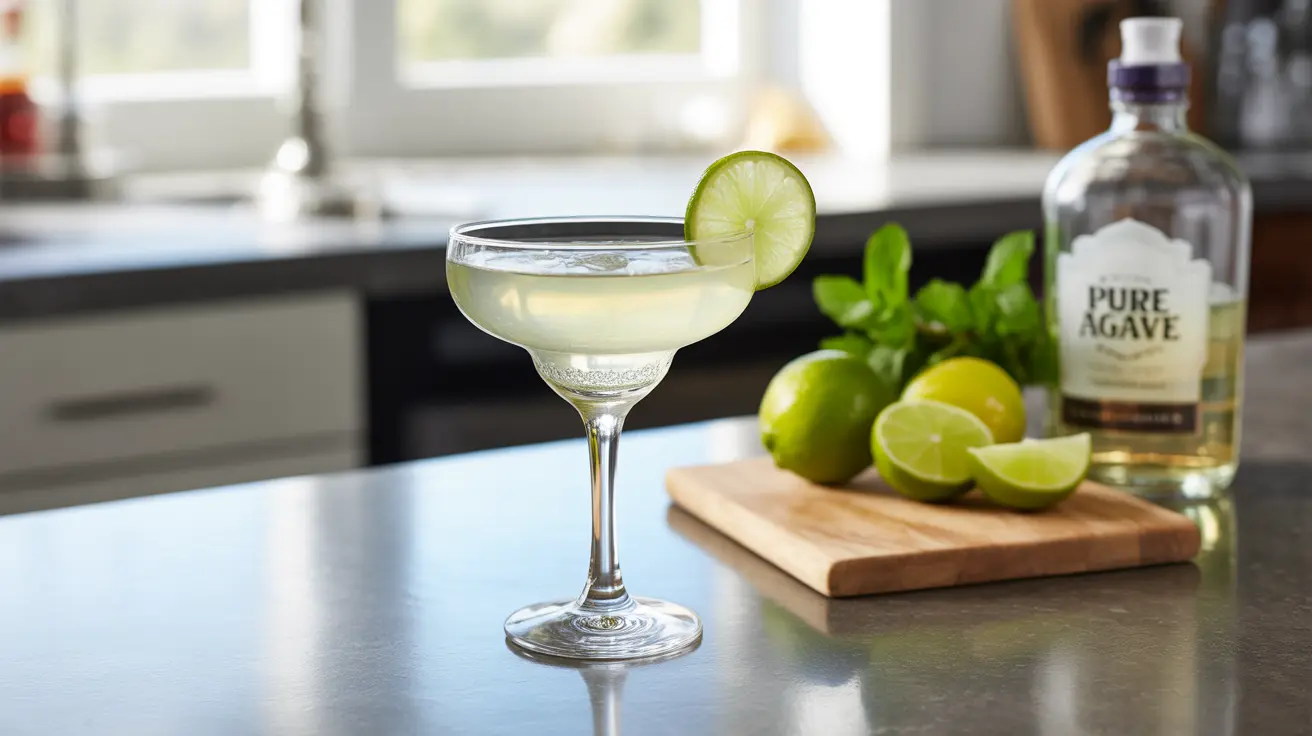For cocktail enthusiasts and casual drinkers alike, margaritas are a beloved choice. However, understanding the caloric content of this popular drink is crucial for making informed decisions about your alcohol consumption, especially if you're watching your weight or managing your diet.
Whether you're sipping a classic margarita at happy hour or enjoying a frozen version poolside, knowing the caloric impact and making smart choices can help you balance indulgence with health consciousness.
Understanding Margarita Calorie Content
A traditional margarita typically contains tequila, lime juice, and triple sec or orange liqueur. The caloric content varies significantly based on size and ingredients:
- Classic margarita (4 oz): 220-250 calories
- Frozen margarita (8 oz): 350-450 calories
- Restaurant margarita (12 oz): 450-700+ calories
The higher calorie counts in restaurant versions often come from added sugars, larger portions, and premium liqueurs. Frozen margaritas typically contain more calories due to additional mixers and larger serving sizes.
Restaurant vs. Homemade Margaritas
Restaurant margaritas often pack more calories for several reasons:
- Pre-made sweet and sour mix
- Added simple syrup or agave nectar
- Larger serving sizes
- Premium liqueurs with higher sugar content
- Flavored syrups and additional mixers
In contrast, homemade versions allow for better control over ingredients and portions, typically resulting in fewer calories.
Creating a Healthier Margarita
Smart Ingredient Swaps
To reduce calories while maintaining flavor, consider these substitutions:
- Fresh lime juice instead of sweet and sour mix
- Light agave nectar or stevia instead of simple syrup
- Fresh fruit purees instead of artificial flavoring
- Club soda for added volume without calories
- Clear tequila instead of gold (slightly fewer calories)
Portion Control Tips
Managing serving size is crucial for calorie control:
- Use a standard 1.5 oz shot of tequila
- Measure mixers precisely
- Choose smaller glassware
- Avoid salt rims or use sparingly
Comparing Cocktail Calories
Understanding how margaritas compare to other cocktails can help inform your choices:
- Classic Margarita (4 oz): 220-250 calories
- Mojito (6 oz): 160-180 calories
- Gin and Tonic (7 oz): 170 calories
- Piña Colada (6 oz): 300-400 calories
- Wine (5 oz): 120-130 calories
Frequently Asked Questions
How many calories are in a typical margarita, and do frozen or flavored versions have more calories than classic margaritas? A standard 4 oz classic margarita contains 220-250 calories, while frozen versions typically contain 350-450 calories due to additional mixers and larger serving sizes. Flavored versions often have more calories due to added syrups and fruit purees.
What makes restaurant margaritas higher in calories and sugar compared to homemade or skinny margarita recipes? Restaurant margaritas often contain pre-made sweet and sour mix, additional sweeteners, premium liqueurs, and larger portions. These factors can double or triple the calorie content compared to homemade versions.
What are the best ways to make a low-calorie or "skinny" margarita at home without losing flavor? Use fresh lime juice instead of sweet and sour mix, opt for light agave nectar or stevia as sweeteners, incorporate fresh fruit purees for natural flavor, and carefully measure portions. Adding club soda can create volume without extra calories.
How does the calorie content in a margarita compare to other popular cocktails, and what activities would burn off those calories? A classic margarita (220-250 calories) contains more calories than a mojito or glass of wine but fewer than a piña colada. To burn off a classic margarita, you would need approximately 25 minutes of jogging or 45 minutes of brisk walking.
Can you still enjoy a margarita on a diet or if you are watching your sugar intake, and what are the healthiest ingredient swaps? Yes, you can enjoy margaritas while watching your diet by making smart substitutions: use fresh citrus, natural sweeteners in moderation, clear tequila, and measure portions carefully. Consider alternating with water and limiting frequency to maintain your health goals.




